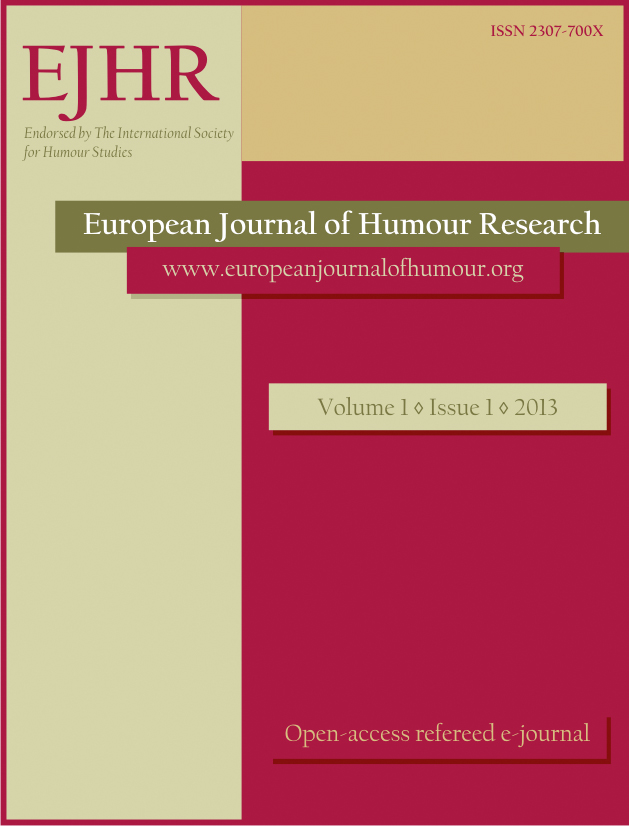Humorous phenomena in dramatic discourse
Humorous phenomena in dramatic discourse
Author(s): Marta DynelSubject(s): Social Sciences, Language and Literature Studies, Fine Arts / Performing Arts, Media studies, Theoretical Linguistics, Communication studies, Pragmatics, Theory of Communication, Film / Cinema / Cinematography
Published by: Krakowskie Towarzystwo Popularyzowania Wiedzy o Komunikacji Językowej Tertium
Keywords: dramatic discourse; “House”; incongruity-resolution model; recipient; superiority theory;
Summary/Abstract: The paramount goal of this paper is to tease out a number of universal communicative phenomena which carry humour appreciated by the recipient of a drama series, based on data culled from a famous medical drama series, “House”. This broad-range study aims to shed light on the humorous phenomena in dramatic discourse, which evinces greater similitude than comedy discourse. It is argued that conversational humour is prevalent in dramatic discourse, manifesting itself in rhetorical figures (e.g. creative metaphor or irony) and pragmatic types (e.g. teasing), which can also be categorised depending on whether or not they display genuine aggression. Two more humour types are also presented as part of conversational humour, namely: non-verbal expression and (non-)parodic impersonation. Additionally, several other sources of humour are distinguished, such as: a character’s quirky behaviour (including participatory behaviour and impoliteness), uncanny events, situational irony, and deception. While the humorous capacity of such concepts has already been recognised, their position in the research on film discourse and in humour studies is not yet well-established. It will be argued that these phenomena manifest humorousness to the hearer on the second communicative level, the recipient, and are not necessarily humorous at the characters’ level. All the humour forms distinguished are neatly captured by incongruity theory, specifically the incongruity-resolution model, coupled with superiority theory in the case of disaffiliative humour.
Journal: The European Journal of Humour Research
- Issue Year: 1/2013
- Issue No: 1
- Page Range: 22-60
- Page Count: 39
- Language: English

